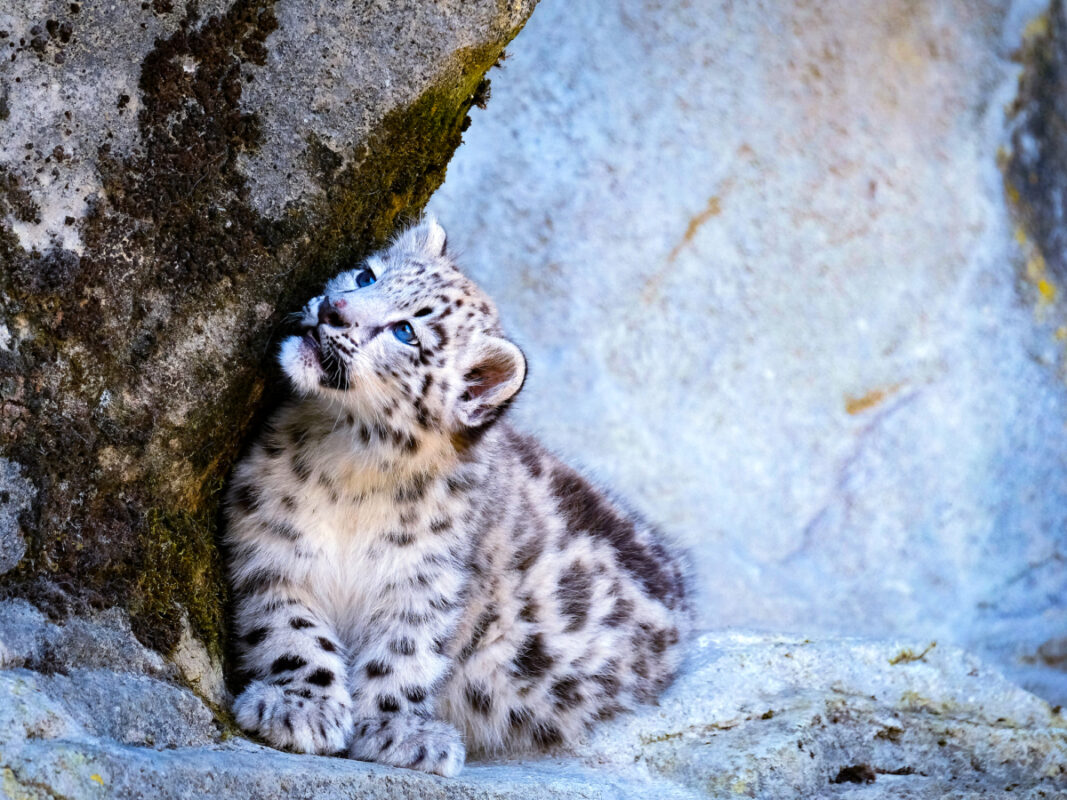In the high-altitude realms of India’s trans-Himalayan region, a silent revolution is underway – a revelation that echoes through the vast landscapes of Ladakh, Himachal Pradesh, Uttarakhand, Sikkim, Arunachal Pradesh, and Jammu and Kashmir. Amidst these breathtaking terrains, a pioneering scientific survey by the Wildlife Institute of India (WII) has unveiled the elusive magic of 718 snow leopards.
These majestic cats, often shrouded in mystery, now stand as ambassadors of India’s unparalleled biodiversity. As the world grapples with environmental challenges, India emerges as a beacon of hope, inviting wildlife enthusiasts and adventure seekers to embark on a conservation odyssey like never before.
A joint report released by the Government of India and leading non-profit organizations unveiled that India is home to a thriving population of 718 snow leopards, showcasing the country’s incredible biodiversity. However, the report underscores the urgent need for enhanced conservation efforts, as only 34% of their expansive habitat, spread across 120,000 square kilometers, is currently under legal protection.
The Status Report of Snow Leopards in India, based on a comprehensive four-year assessment conducted by The Snow Leopard Population Assessment in India (SPAI), revealed that nearly 70% of the vital habitat crucial for the elusive predator remains unprotected. With Ladakh, Uttarakhand, and Himachal Pradesh emerging as strongholds for these majestic creatures, the report advocates for increased conservation measures to safeguard their habitats.
Ladakh Dominates Snow Leopard Population in India
The report highlighted Ladakh as the primary haven for snow leopards, boasting a substantial population of 477 individuals, making it a prime destination for wildlife enthusiasts. Uttarakhand follows closely with 124 snow leopards, while Himachal Pradesh harbors 51 of these elusive felines. Sikkim and Jammu and Kashmir also contribute to the snow leopard population, with 21 and nine individuals, respectively.
Call for Dedicated Conservation Initiatives
To ensure the long-term survival of the snow leopard population, the report emphasizes the establishment of a dedicated Snow Leopard Cell at the Wildlife Institute of India (WII) in Dehradun. This proposed cell, under the Union Ministry of Environment, Forest and Climate Change (MoEF&CC), would focus on continuous population monitoring, organized studies, and consistent field surveys. The suggested periodic population estimation approach, conducted every fourth year, aims to provide valuable insights for effective conservation strategies.
For global wildlife enthusiasts seeking an extraordinary adventure, these regions offer a unique opportunity to witness the magnificent snow leopards in their natural habitat. With a varied landscape ranging from the rugged terrains of Ladakh to the pristine beauty of Uttarakhand, tourists can embark on a thrilling journey to capture a glimpse of these elusive creatures.
Top Destinations for Snow Leopard Sightings:
Ladakh: Explore the expansive landscapes of Hemis National Park, Ladakh, home to the highest concentration of snow leopards. Engage in guided tours and witness these elusive cats against the breathtaking backdrop of the Himalayas.
Uttarakhand: Traverse the picturesque terrain of Uttarakhand, with destinations like Nanda Devi Biosphere Reserve offering a chance to encounter snow leopards in their natural habitat. Engage with local wildlife experts for an immersive experience.
Himachal Pradesh: Discover the snow leopard hotspots in Himachal Pradesh, particularly in the rugged Himalayan terrain. Join wildlife safaris and trekking expeditions to spot these enigmatic creatures.
Conservation and Ecotourism Hand in Hand
As global travelers seek meaningful experiences, the conservation of snow leopards aligns with the growing trend of responsible ecotourism. By promoting sustainable tourism practices, enthusiasts can contribute to the preservation of these endangered species while enjoying the thrill of witnessing them in the wild.
The report calls on states and union territories to actively participate in conservation initiatives and invites wildlife enthusiasts from around the world to join hands in preserving India’s rich biodiversity, with a special focus on the magnificent snow leopards.

